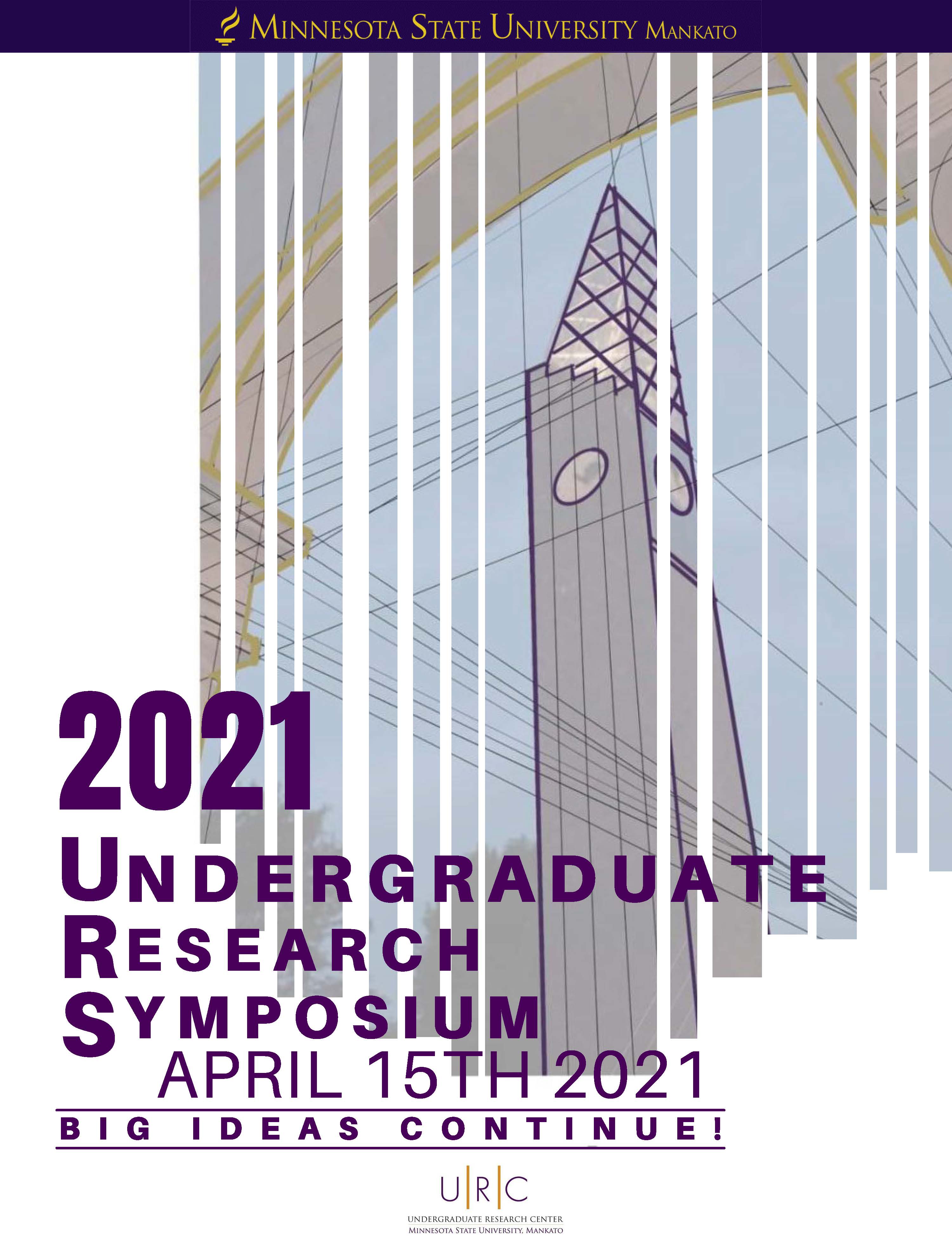PER1 Expression in the Breeding and Non-Breeding Season of Anole Lizards
Start Date
15-4-2021 11:00 AM
End Date
15-4-2021 12:00 PM
Student's Major
Biological Sciences
Student's College
Science, Engineering and Technology
Mentor's Name
Rachel Cohen
Mentor's Department
Biological Sciences
Mentor's College
Science, Engineering and Technology
Description
Green anole lizards (Anolis carolinensis) go through changes in sexual behavior during the breeding season such as; enlargement of testes and ovaries, extension of the dewlap, head bobbing and territorial tendencies. However, these sexual behaviors are not seen in the non-breeding season. The gene PER1 is activated through environmental light cues. Anole lizards breeding season is within the summer months. The longer duration of light hours in the summer allows for PER1 to be signaled to more frequently. This leads to the hypothesis that PER1 is regulated differently in the breeding and non-breeding season but not differently between females and males. In preliminary experiments it has been shown that PER1 is upregulated more in the breeding than in the non-breeding season. PER1, a member of the period family, runs on a twenty-four-hour feedback loop that is associated with the internal biological clock in mammals. To test this a database was used to determine potential primers. Three primers were chosen and tested to determine the best amplifier for PER1. One primer set, with an amplicon size of 200, was the most suitable. To further strengthen the validity of the primers, a PCR cleanup was performed. It was sequenced in order to establish whether the primer amplified the proper gene. The PER1 gene had a 99.37% identity with our PCR product. Several qPCR were performed resulting in no variation in the expression of PER1 within the breeding and non-breeding season (p= 0.635) and within males and females (p= 0.327). We can predict that PER1 is an important gene that must be regulated equally through seasons and sexes in anole lizards.
PER1 Expression in the Breeding and Non-Breeding Season of Anole Lizards
Green anole lizards (Anolis carolinensis) go through changes in sexual behavior during the breeding season such as; enlargement of testes and ovaries, extension of the dewlap, head bobbing and territorial tendencies. However, these sexual behaviors are not seen in the non-breeding season. The gene PER1 is activated through environmental light cues. Anole lizards breeding season is within the summer months. The longer duration of light hours in the summer allows for PER1 to be signaled to more frequently. This leads to the hypothesis that PER1 is regulated differently in the breeding and non-breeding season but not differently between females and males. In preliminary experiments it has been shown that PER1 is upregulated more in the breeding than in the non-breeding season. PER1, a member of the period family, runs on a twenty-four-hour feedback loop that is associated with the internal biological clock in mammals. To test this a database was used to determine potential primers. Three primers were chosen and tested to determine the best amplifier for PER1. One primer set, with an amplicon size of 200, was the most suitable. To further strengthen the validity of the primers, a PCR cleanup was performed. It was sequenced in order to establish whether the primer amplified the proper gene. The PER1 gene had a 99.37% identity with our PCR product. Several qPCR were performed resulting in no variation in the expression of PER1 within the breeding and non-breeding season (p= 0.635) and within males and females (p= 0.327). We can predict that PER1 is an important gene that must be regulated equally through seasons and sexes in anole lizards.




